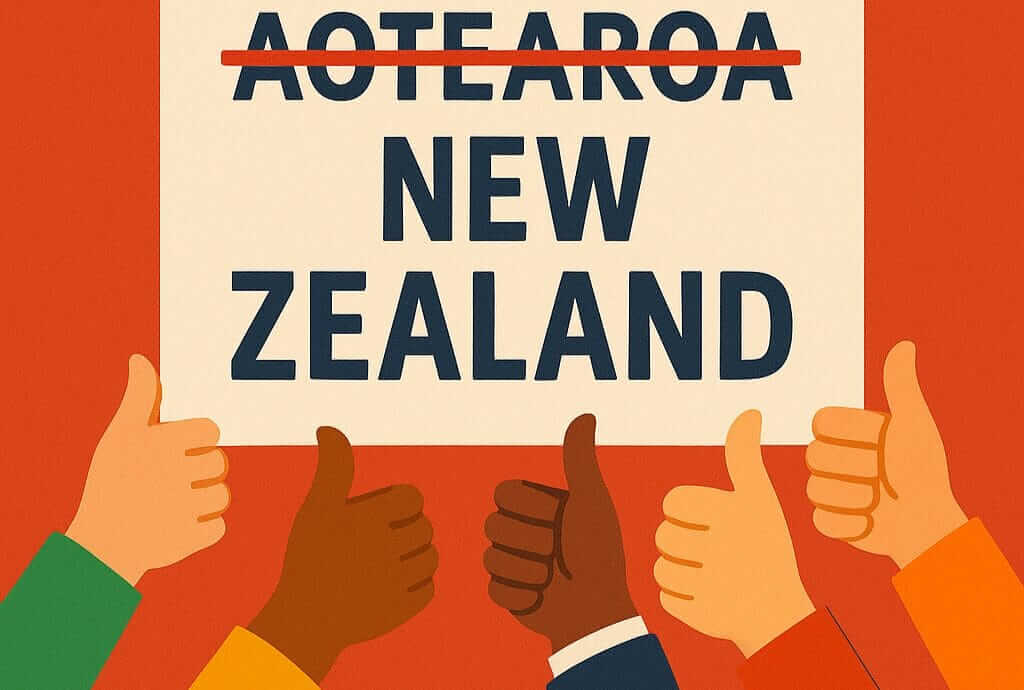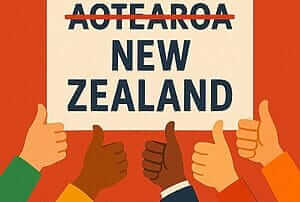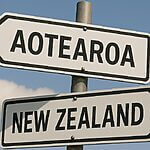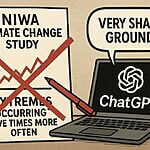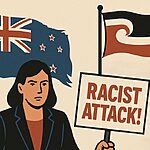In brief
- Most media coverage of the February 2022 Parliament protest didn’t mention reasons for the protest.
- It ignored many sensible concerns Kiwis had about the vaccine and the mandates.
- Rather it did the opposite of its job and acted as a Government mouthpiece.
Further unexplained reasons
In Part 1 we covered analysis from Family First showing heavy bias in mainstream media coverage of the February 2022 Parliament protest.
Almost three quarters of coverage didn’t mention the concerns of the protesters at all. Family First found “The coverage was curated to focus on [fringe elements of the protest] and avoid the key questions at the centre of the protest” such as “the impact mandates had on the lives of the protestors or the validity of questioning the use of mandates. The media failed to do a true assessment of what kind of people made up the protest and their motivation to be there.”
Lack of informed consent
Media covered Rory Nairn, a young man who was ruled to have died on 17 November 2021 of the Pfizer COVID vaccine. He was not informed of the heart risk to which he succumbed – because it wasn’t communicated to the public. But there were groups tracking hundreds of other deaths in NZ suspected to have been caused by the vaccine, and thousands who had formally reported to Medsafe life-threatening or permanently disabling injuries.
Even people who were firmly pro vaccine, but were severely injured by it, were dismissed as crazy by most doctors. Very few exemptions were approved by Ashley Bloomfield’s Ministry of Health exemption panel, regardless of doctors’ recommendations.
In contrast, during 2021 Canada, the UK and Australia established compensation schemes for people injured by COVID vaccines. NZ still doesn’t have any such thing.
By the time of the protest, only the much more mild Omicron COVID variant was circulating in NZ, and it was clear from overseas experience the vaccine was ill-suited for Omicron. So was it crazy to resist vaccination?
Politicised media and medicine
Government agencies were (and are) the only ones who had the data to allay these concerns. But instead of careful analysis, allowing for scrutiny by sceptics, they chose saturation advertising and censorship with the tiresome “safe and effective” slogan. This did not inspire confidence for those tracking credible reports of safety concerns, both foreign and domestic, that were not being reported in NZ media. For whatever reason, including possibly the buckets of money they were being paid for Government ads, NZ media had decided it was like war footing and the public had to be mustered.
It has now come out that Medsafe initially advised the benefit of the vaccine was unclear, and that they advised against vaccinating teenagers.
Further, people were angry that Prime Minister Ardern, before being elected with a majority, had promised the vaccine would not be mandated, and felt betrayed when after attaining a majority she seemed to relish in the mandates.
Almost all of these concerns were ignored in mainstream coverage of the protest.
Feature image by Gertrude206

